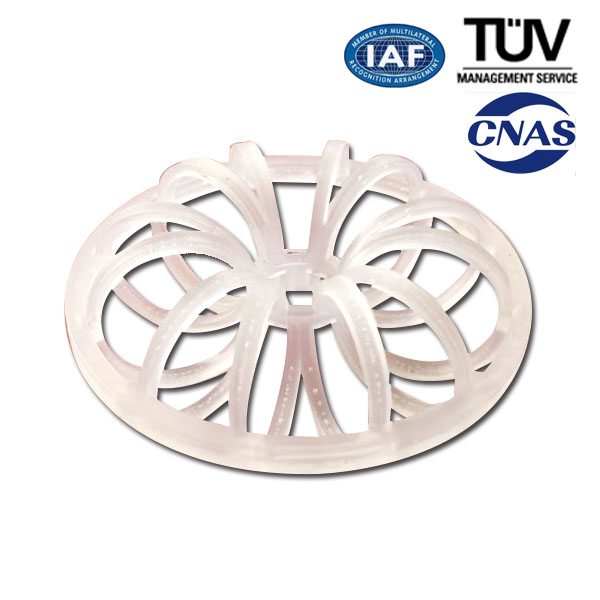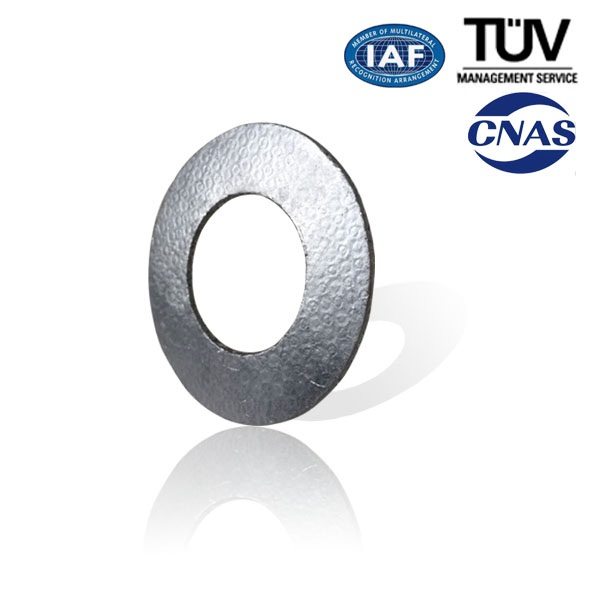Short Lead Time for PTFE Braided Gland Packing for Egypt Factory
Short Lead Time for PTFE Braided Gland Packing for Egypt Factory Detail:
Braided with 100% expanded PTFE, soft character, super fiber strength, ideal abrasion resistant material.
Special porous structure of the fiber can better absorb and reserve lubrication and heat conductive agent useful for the sealing of packing to assure of consistency of lubrication and heat conductive agent, great reduction of possibility of efficacy loss. Much better meets demands of rigid using conditions.
With the exception of very few chemicals, resists almost medium.
Technical Data Sheet
|
|
Rotating |
Reciprocating |
Valves |
|
Pressure |
2Mpa |
15Mpa |
20Mpa |
|
Shaft Speed |
10m/s rotary |
||
|
Temperature |
-200℃~+280℃ |
||
|
PH Range |
0~14 |
||
Application Area
Rotary and reciprocating plant in the food processing, pharmaceutical, special chemicals, and pulp and paper sectors.
It is particularly recommended for sugar and chocolate processing, and fine paper production.
Product detail pictures:

Related Product Guide:
What Is A PTFE Ring Gasket?
Comparison of O-Ring Materials
Short Lead Time for PTFE Braided Gland Packing for Egypt Factory, The product will supply to all over the world, such as: , , ,
Link to project page: https://www.disneyresearch.com/publication/fluid-soft-actuator/
We have developed a new method for puppeteers to remotely control mechanical characters without the use of motors. The pair of robot arms shown in this video are connected only by flexible pneumatic tubing. There are no pumps, valves, sensors, motors, or electronic controllers used. The passive connection between the two arms is made entirely by air pressure, allowing a large separation between the character and the puppeteer, and tight bends in the air control lines. The key technology is an ultra-low friction pneumatic transmission, enabled by the use of rolling diaphragm seals, instead of traditional sliding o-ring seals. If motorized, the transmission allows the motors to be placed in the body, rather than mounted to the arm, leaving the arms much lighter, and capable of faster and more graceful motion. The robot arm in this video was designed and built by Tianyao Chen, Peter Whitney, and Jessica Hodgins.





